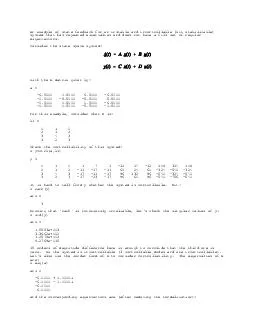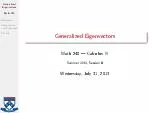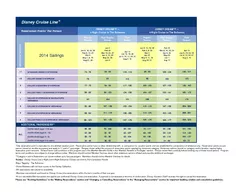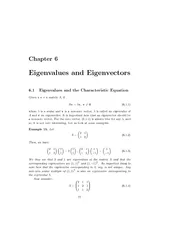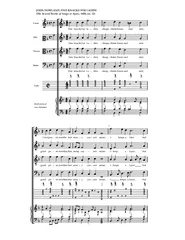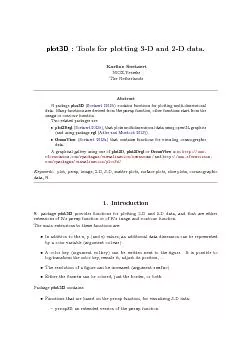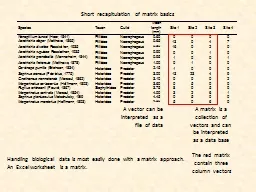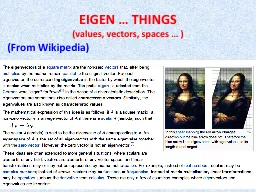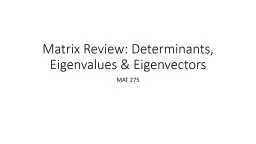PDF-An example of state feedback for an unstable and uncontrollable but stabilizable system
Author : tawny-fly | Published Date : 2014-12-22
Consider the state space system with the A matrix given by a 65000 05000 65000 65000 05000 55000 55000 55000 05000 05000 05000 65000 05000 05000 55000 05000 For
Presentation Embed Code
Download Presentation
Download Presentation The PPT/PDF document "An example of state feedback for an unst..." is the property of its rightful owner. Permission is granted to download and print the materials on this website for personal, non-commercial use only, and to display it on your personal computer provided you do not modify the materials and that you retain all copyright notices contained in the materials. By downloading content from our website, you accept the terms of this agreement.
An example of state feedback for an unstable and uncontrollable but stabilizable system: Transcript
Download Rules Of Document
"An example of state feedback for an unstable and uncontrollable but stabilizable system"The content belongs to its owner. You may download and print it for personal use, without modification, and keep all copyright notices. By downloading, you agree to these terms.
Related Documents

